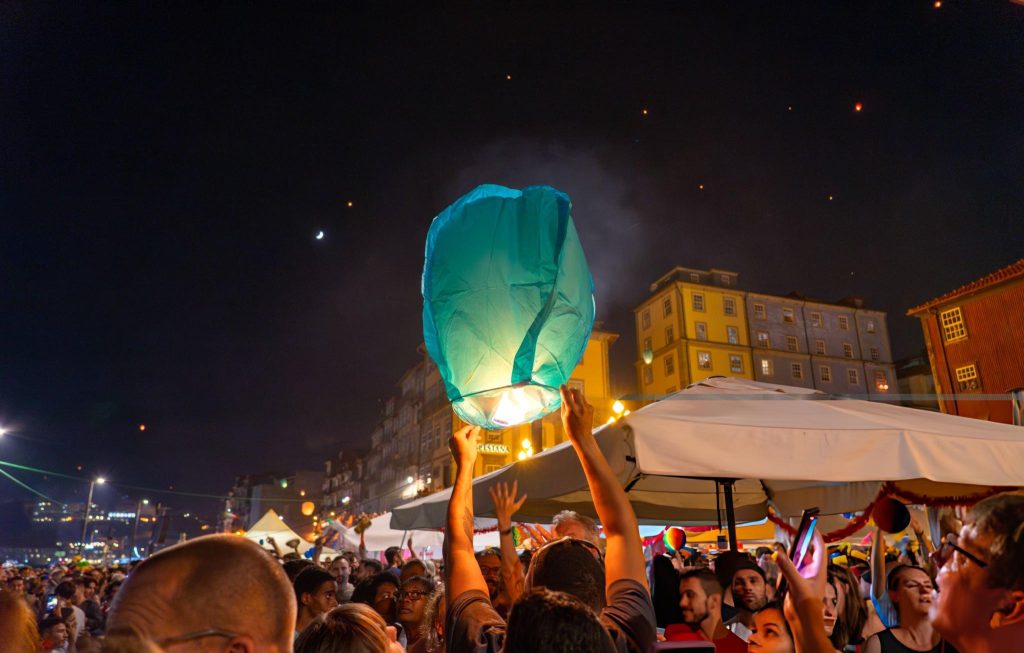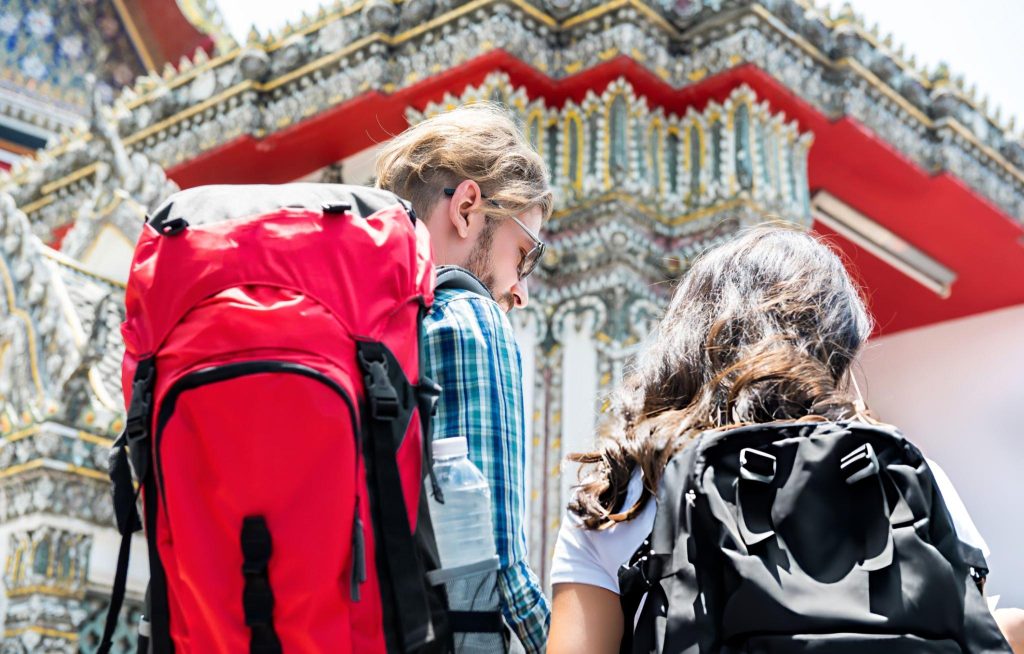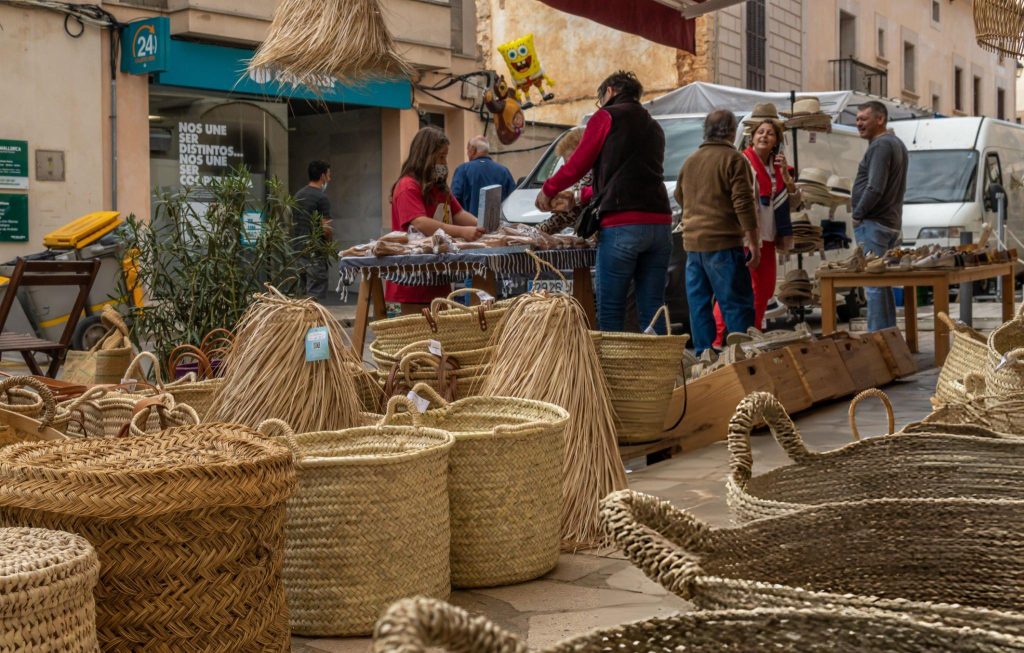
In an era of mass tourism, where popular destinations often feel like they cater more to tourists than to locals, travelers are increasingly seeking immersive cultural experiences. These experiences go beyond sightseeing, offering visitors a chance to engage deeply with a destination’s traditions, customs, and people. Immersive cultural travel invites guests to participate in the fabric of daily life, whether it’s learning traditional crafts, exploring local cuisines, or joining time-honored ceremonies.
Authentic connections formed through immersive cultural experiences not only enrich travelers but also foster cross-cultural understanding, support local economies, and help preserve traditions. This article explores the value of immersive cultural travel as a travel trend for 2025, highlights the elements that make it successful, and offers insight into how travelers can find genuine cultural experiences while respecting the communities they visit.
The Rise of Immersive Cultural Tourism
Cultural tourism has been on the rise for decades, but the desire for authentic, immersive experiences has grown significantly in recent years. Travelers are no longer satisfied with simply observing; they want to connect, learn, and actively participate in the traditions and daily life of the places they visit. This shift is part of a broader movement toward mindful and responsible travel, where visitors seek meaningful interactions rather than superficial encounters.
The rise of immersive cultural tourism can also be seen as a response to “tourist fatigue” in popular destinations, where locals often feel that tourism has disrupted their communities. Immersive travel promotes sustainable and respectful engagement with culture, giving visitors the chance to experience a place as more than just a backdrop for photos. Instead, travelers become participants, supporting local artisans, learning from cultural practitioners, and leaving with a deeper understanding of the destination.
What Defines an Immersive Cultural Experience?
An immersive cultural experience is one that actively involves travelers in the customs, practices, and everyday life of a destination. Here are some defining characteristics that set immersive cultural experiences apart from conventional tourism:
- Active Participation and Learning
Unlike traditional sightseeing, immersive cultural experiences require active participation. This could involve learning a traditional skill, such as pottery, weaving, or cooking a local dish. By engaging directly, travelers gain insight into the skill and dedication behind these practices, fostering a sense of appreciation and respect. - Authentic Local Connections
Immersive experiences emphasize authentic interactions with local people, often through guided tours by residents, home stays, or small-group workshops led by artisans. These connections allow travelers to hear personal stories, ask questions, and learn about the culture from those who live it daily. - Respect for Tradition and Context
Successful immersive experiences respect the cultural context and uphold the integrity of local traditions. This means understanding the historical and social significance of a practice, rather than reducing it to a tourist activity. For example, participating in a traditional tea ceremony in Japan requires understanding the ritual’s cultural importance, not just tasting the tea. - Contributing to Local Economies and Preservation
Many immersive experiences are designed to support local artisans, farmers, and cultural practitioners. By choosing these experiences, travelers help preserve traditional practices that might otherwise be at risk of disappearing. Spending money directly within the community ensures that the benefits of tourism reach the people who sustain these traditions.

Examples of Immersive Cultural Experiences
Immersive cultural experiences vary widely depending on the location, traditions, and community. Here are a few popular examples that demonstrate the depth and diversity of these offerings:
1. Cooking Classes and Culinary Tours
Food is a powerful way to experience a culture, and culinary tours or cooking classes offer travelers an intimate look at local food traditions. In Italy, for example, travelers can join a family in Tuscany to learn the art of pasta-making from scratch, using recipes passed down through generations. In Mexico, travelers might participate in a mole-making workshop, discovering the labor-intensive process behind this iconic sauce. These hands-on experiences allow travelers to understand local ingredients, cooking techniques, and the cultural significance of traditional dishes.
2. Craft and Artisan Workshops
Traditional crafts are a vital part of many cultures, often carrying centuries of knowledge and symbolism. In Morocco, visitors can take part in a rug-weaving workshop, learning the intricate patterns and techniques used by Berber artisans. In Japan, travelers may join a pottery class in the town of Mashiko, where they can shape and glaze their own pottery using traditional methods. Such workshops offer travelers a tangible connection to local art forms and provide artisans with a platform to share their expertise.
3. Festivals and Ceremonial Events
Attending a local festival or ceremony allows travelers to witness and, in some cases, participate in cultural rituals. In India, the Holi festival invites visitors to celebrate alongside locals in a joyful display of color and unity. In Thailand, travelers might experience the Yi Peng Lantern Festival, where locals release thousands of lanterns into the night sky as a symbol of letting go and renewal. Participation in these events fosters a sense of community and provides a unique perspective on a culture’s values and beliefs.
4. Guided Nature and Heritage Tours
Guided tours led by local experts offer insight into the natural and historical significance of a destination. In New Zealand, Māori-guided tours introduce travelers to the native flora and fauna while sharing the Māori people’s deep connection to the land. In Peru, travelers can explore the Sacred Valley with guides who share stories of Incan heritage, highlighting the spiritual importance of the land. These tours deepen travelers’ understanding of the environment, connecting them to the cultural heritage and natural beauty of the area.

The Benefits of Immersive Cultural Travel
Immersive cultural experiences offer both travelers and local communities unique benefits, creating a travel model that enriches everyone involved:
1. Promoting Cross-Cultural Understanding
By engaging directly with local people and traditions, travelers develop a deeper appreciation for cultures different from their own. This fosters empathy, reduces stereotypes, and encourages respect for cultural diversity. Immersive experiences provide an opportunity for authentic human connections that go beyond language and national boundaries.
2. Supporting Local Economies and Preserving Traditions
Immersive cultural tourism directs revenue toward local artisans, guides, and small businesses, helping sustain local economies. This support often extends to cultural preservation, as artisans are able to pass down their skills to future generations. Travelers who seek authentic cultural experiences play a role in sustaining these traditions, ensuring that they remain alive and valued.
3. Personal Growth and Enrichment
For many travelers, immersive cultural experiences are deeply transformative. Engaging with a new culture challenges preconceptions, broadens perspectives, and promotes self-reflection. Whether learning a new skill or participating in a local ceremony, these experiences create lasting memories and foster a greater sense of interconnectedness.
Tips for Finding Authentic Cultural Experiences
For travelers interested in meaningful cultural experiences, here are some tips for finding authentic and respectful opportunities:
- Research and Seek Local Partnerships
Look for experiences that are organized by locals or in partnership with local organizations. These partnerships ensure that the experience is authentic and that the community benefits directly from tourism. - Choose Small-Group Experiences
Small-group tours or one-on-one workshops offer more personal interaction and reduce the impact on local communities. They allow travelers to ask questions, learn in depth, and build genuine connections with guides and hosts. - Learn Basic Cultural Etiquette
Respect for cultural norms and etiquette is crucial. Familiarize yourself with the basic customs of the community you’re visiting, including appropriate dress, behavior, and language. A little effort in learning the local language or showing respect for cultural practices goes a long way in building trust and connection. - Prioritize Sustainable and Responsible Travel Practices
Seek out experiences that prioritize sustainability, whether it’s through eco-friendly practices, support for local artisans, or ethical treatment of animals. Responsible travel minimizes environmental and social impact while maximizing benefits for the community.
Conclusion: The Value of Authentic Connections
Immersive cultural experiences offer travelers a unique opportunity to connect with the world in a meaningful, respectful way. By stepping into the lives, traditions, and customs of others, travelers gain insight, build empathy, and create memories that go beyond the superficial. These experiences remind us that travel can be a powerful bridge between cultures, one that encourages mutual respect and appreciation.
As more travelers seek immersive cultural experiences, the tourism industry has a responsibility to create and support options that respect and uplift local communities. For those who choose to engage deeply and respectfully, immersive cultural travel offers a journey not only through landscapes but through the rich tapestry of human experience—a journey that stays with them long after they return home.